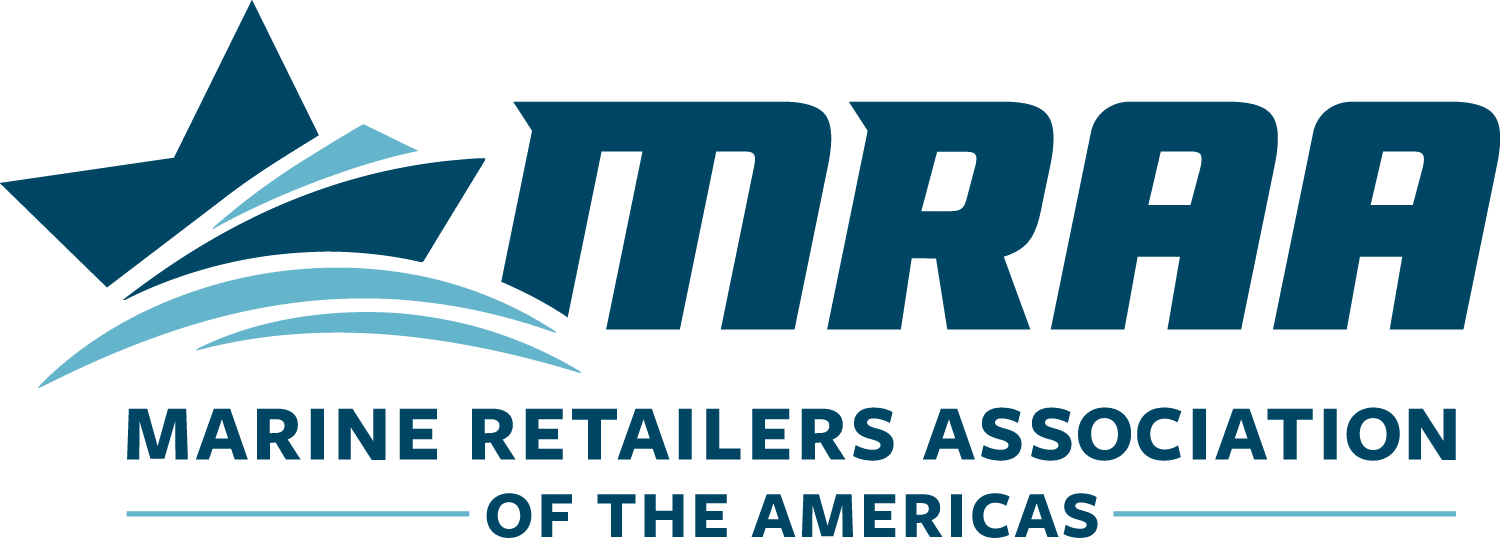Every business, regardless of its size or structure, face various challenges with natural disasters and periods of financial hardship. As small business owners in a weather-dependent industry like recreational boating, the effects of floods, storms, hurricanes, and other natural disasters are familiar, yet frustrating, territory.
There is no question that extreme natural disasters around the world are on the rise, with the U.S. seeing more billion-dollar natural disasters than ever before. In the last decade alone, natural disasters cost U.S. taxpayers over $800 billion – or about half of what disasters have cost our country in the last 40 years. Our businesses and communities often are forced to live with old, deteriorating infrastructure that was not originally built with modern disasters in mind. Our dealership communities deserve more.
Historically, the U.S. has not emphasized preparing for the next natural disaster as much as it has responding to the damage they cause. The past few years we have seen a rise in historic hurricanes and wildfires across the county. Beyond our borders, swaths of India and Bangladesh are flooding following the destruction caused by the most powerful cyclone in a decade. Disasters like these are an existential threat to the 40 to 60 percent of small businesses that never reopen following a disaster.
There are several federal programs available for communities and businesses to rebuild after disaster strikes, like SBA’s Economic Injury Disaster Loan (EIDL) Program, but what if we invested more in preventing potential damage instead?
This is not an altogether radical idea. Research shows that for every $1 the government spends on disaster mitigation, such as improving existing infrastructure or elevating homes and businesses, save taxpayers an average of $6.
In response to the 2017 hurricane season, then Federal Emergency Management Agency (FEMA) Administrator Brock Long told the U.S. House Transportation and Infrastructure Committee, “I cannot overstate the importance of focusing on investing in mitigation before a disaster strikes … building more resilient communities is the best way to reduce risks to people, property, and taxpayer dollars.” Since 2017, natural disasters have cost the U.S. more than $462 billion.
This is why the Marine Retailers Association of the Americas, along with its recreational boating industry partners at the National Marine Manufacturers Association and the Association of Marina Industries, have taken this issue to Congress to reauthorize a little-known small business pre-disaster loan program that expired over a decade ago. This program would allow the Small Business Administration to make low interest, fixed-rate loans so small businesses can invest in disaster resilient improvements to protect commercial real estate and contents from disaster related damages. This ultimately would reduce the costs associated with potential closure, layoffs, and lost revenue resulting from business closure due to a disaster.
Recreational boat dealers depend on strong infrastructure to be able to make their living. Investing in climate-resilient infrastructure would help local communities and businesses better prepare crumbling roads, bridges, boat ramps, and shorelines for more frequent flooding and storm damage, and help prevent costly repairs and higher insurance costs. As small businesses drive our nation’s economic recovery through and beyond COVID-19, it will be particularly important for the U.S. government to provide opportunities to support job gains and business growth not only in cities, but in rural economies where the outdoor recreation economy thrives.
Our industry’s businesses make it possible for the nearly half of Americans who participate in outdoor recreation each year to continue to take part in their favorite activities. Our country’s natural resources and waterways are as abundant and accessible as anywhere in the world, with the state’s beautiful coast, lakes, ponds and mountains serving as a needed escape for residents and tourists alike. By investing in modern, resilient infrastructure, we can ensure that these resources and the businesses that depend on them can continue to thrive for decades to come.
